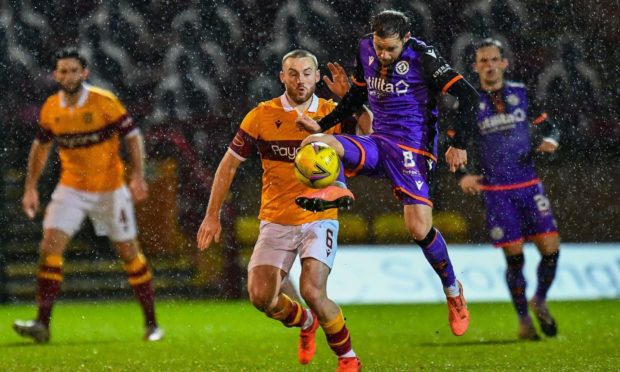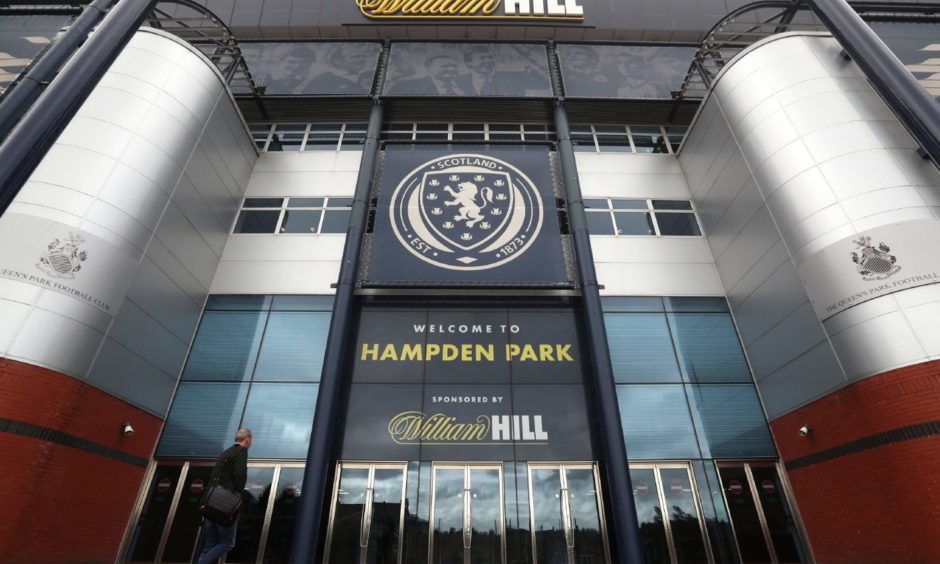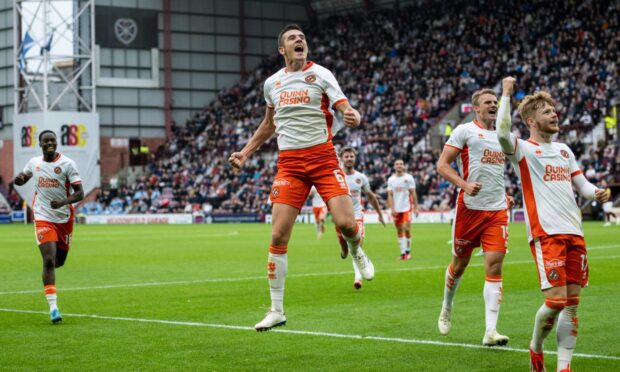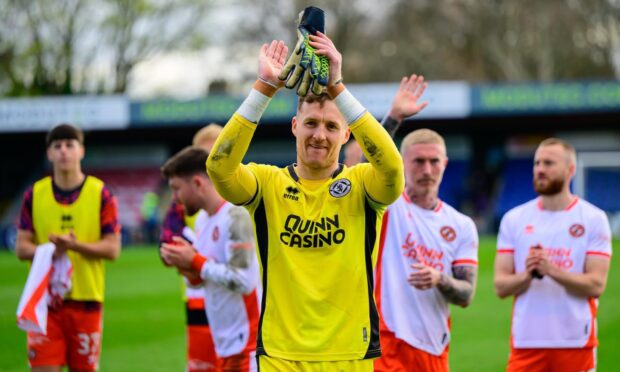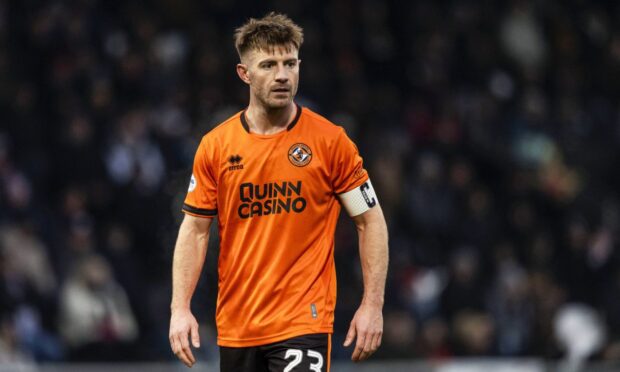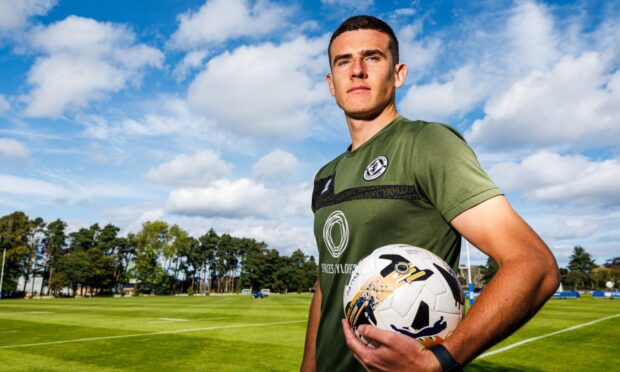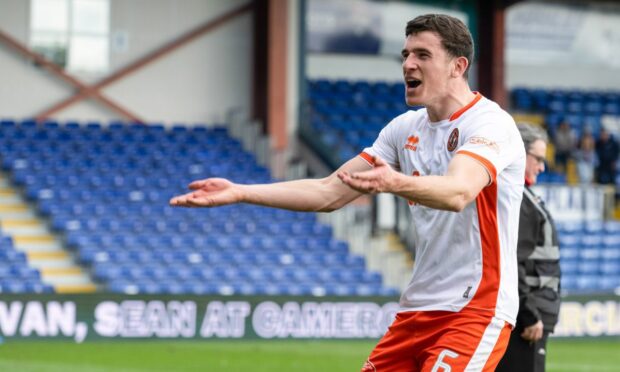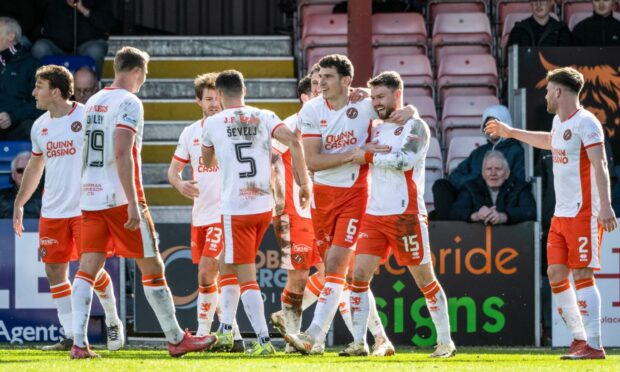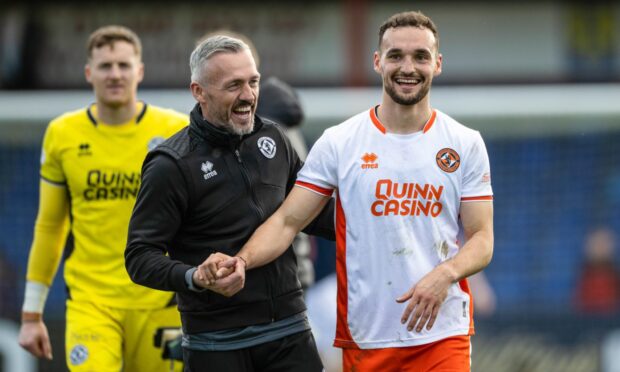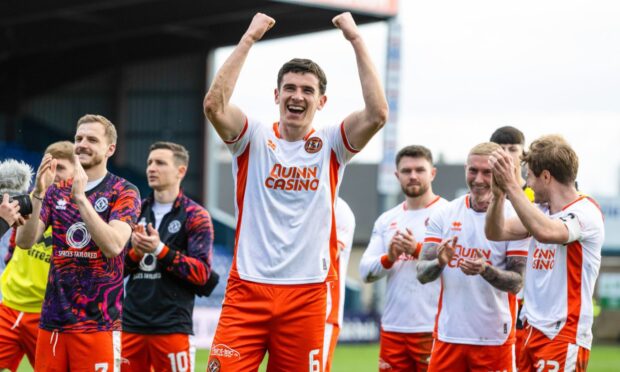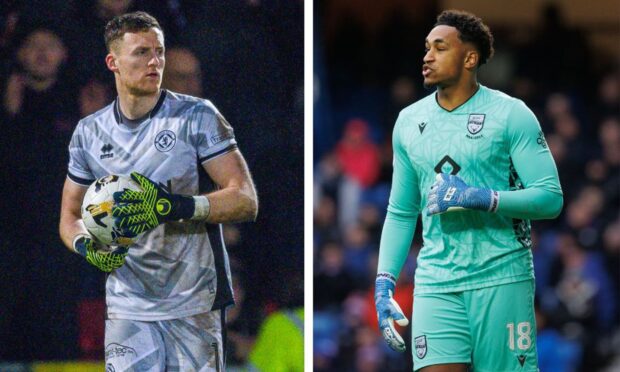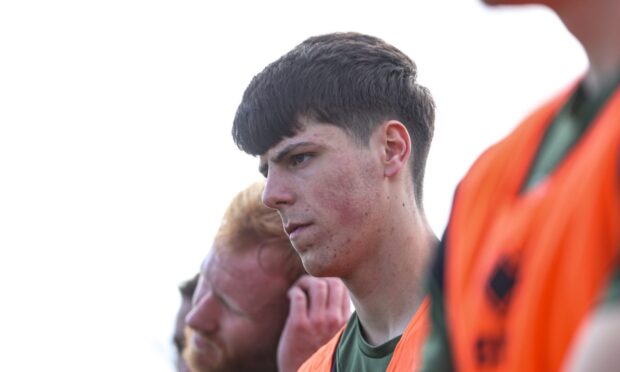The Scottish football authorities have explained why a Dundee United player who recorded a positive Covid-19 test before retesting negative was allowed to feature against Motherwell.
The United player initially returned a positive result during a routine round of testing carried out by the club.
He was then – as dictated by Scottish football’s protocols – retested by the NHS and given the all-clear to play at Fir Park in midweek.
Motherwell subsequently asked for clarification of the rules, citing occasions when players who received false positive results – such as with Hibs’ Alex Gogic and three Hamilton Accies players -earlier this season were forced to miss matches.
In response, the SFA and SPFL’s Joint Response Group (JRG) issued a statement revealing a change to the rules.
It said: “Given the evolving landscape of restrictions imposed across society as a consequence of the ongoing impact of the COVID-19 pandemic, it is worthwhile providing context to recent discussions specific to Scottish football guidance.
“Firstly, the Joint Response Group has met Scottish Government Ministers on a number of occasions and has been heavily involved in dialogue with government advisers and clinical experts on a variety of matters on a frequent basis since last March.
“This undertaking is to ensure that clubs can continue to comply with all government public health guidance and respond to changes that occur within the government’s rolling period of public health restriction enforcement.
“These discussions include regular liaison on implementation of operational guidance for football and, through the Scottish FA’s Chief Medical Consultant, Dr John MacLean, with the government’s Elite Sport Clinical Advisory Group (ESCAG).
‘Well-established process’
“ESCAG was set up by government in October last year with the aim of providing consistent clinical advice to elite sports as they continue to navigate through the impact of restriction levels and public health guidance.
“In the recent case of Dundee United’s Premiership match against Motherwell, questions were asked by Motherwell regarding a United player and his eligibility to participate in the match.
“In cases such as this, where a club positive test is followed by an NHS negative test, it is for ESCAG to review the specific circumstances of the case and determine whether the individual should be required to self-isolate or not.
“Prior to ESCAG players were not permitted to play and had to self-isolate even in the knowledge of a subsequent negative NHS test.
“Now such instances are reviewed by ESCAG on a case-by-case basis. The review is undertaken by expert clinicians with input from the player and club concerned, as well as local public health officials.
“It is therefore not a policy decision, but a clinical evaluation. Clubs who have returned positive tests undergo an evaluation via the relevant local public health team in conjunction with ESCAG. This is now a well-established process.”
